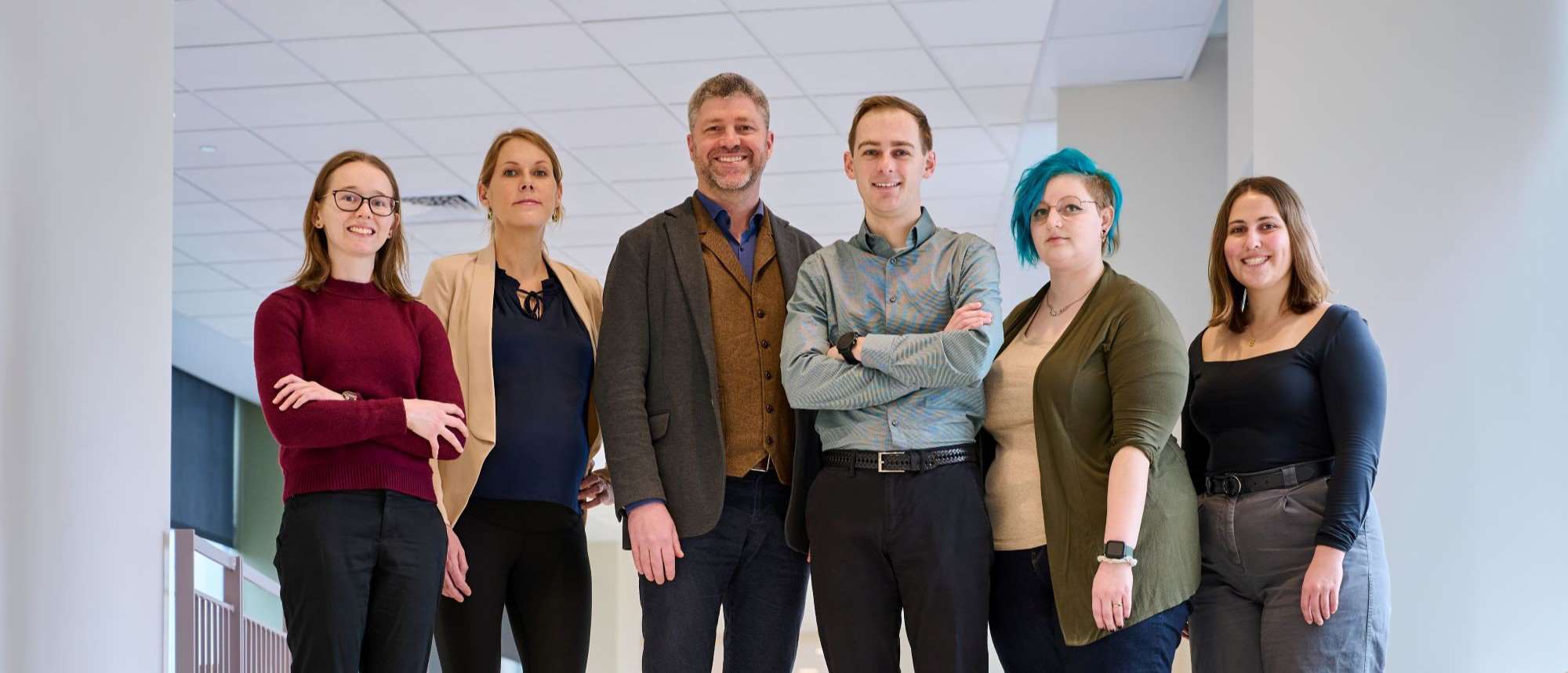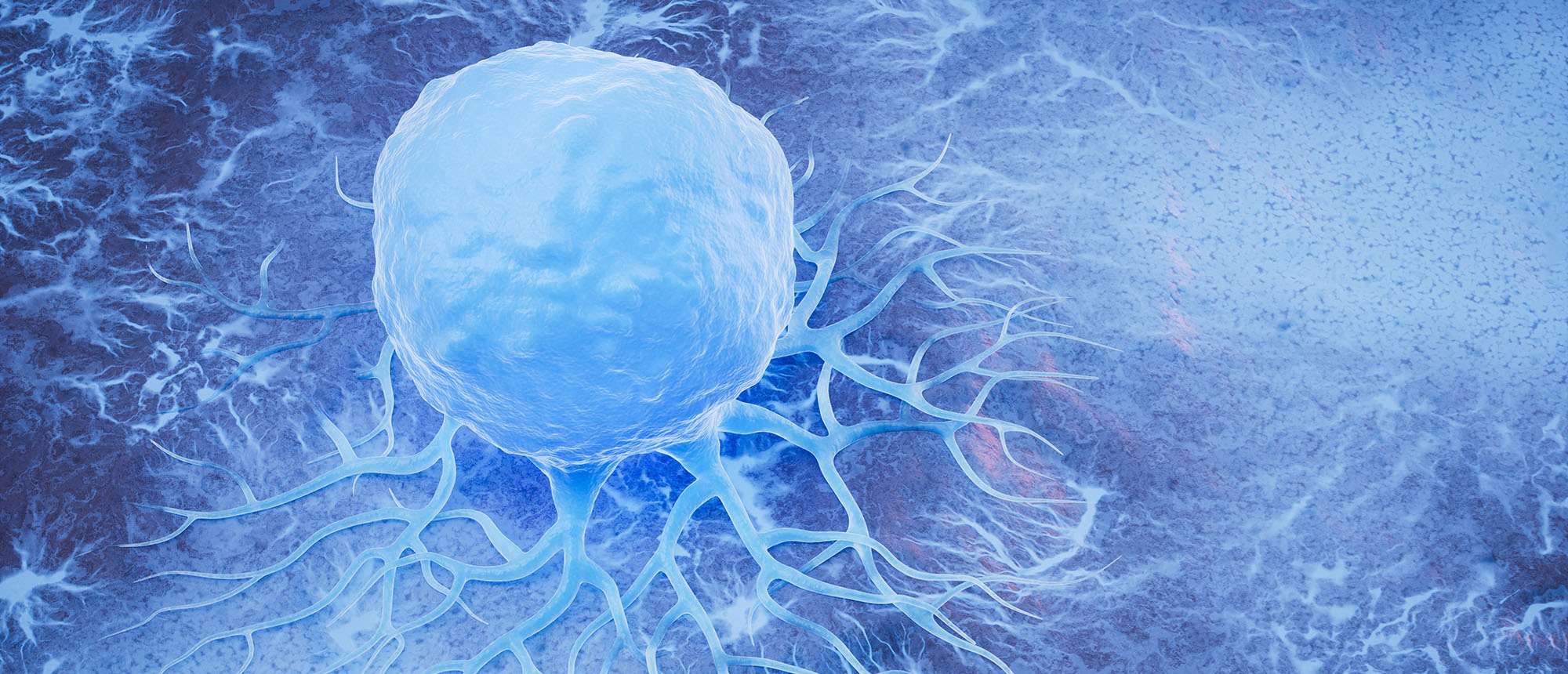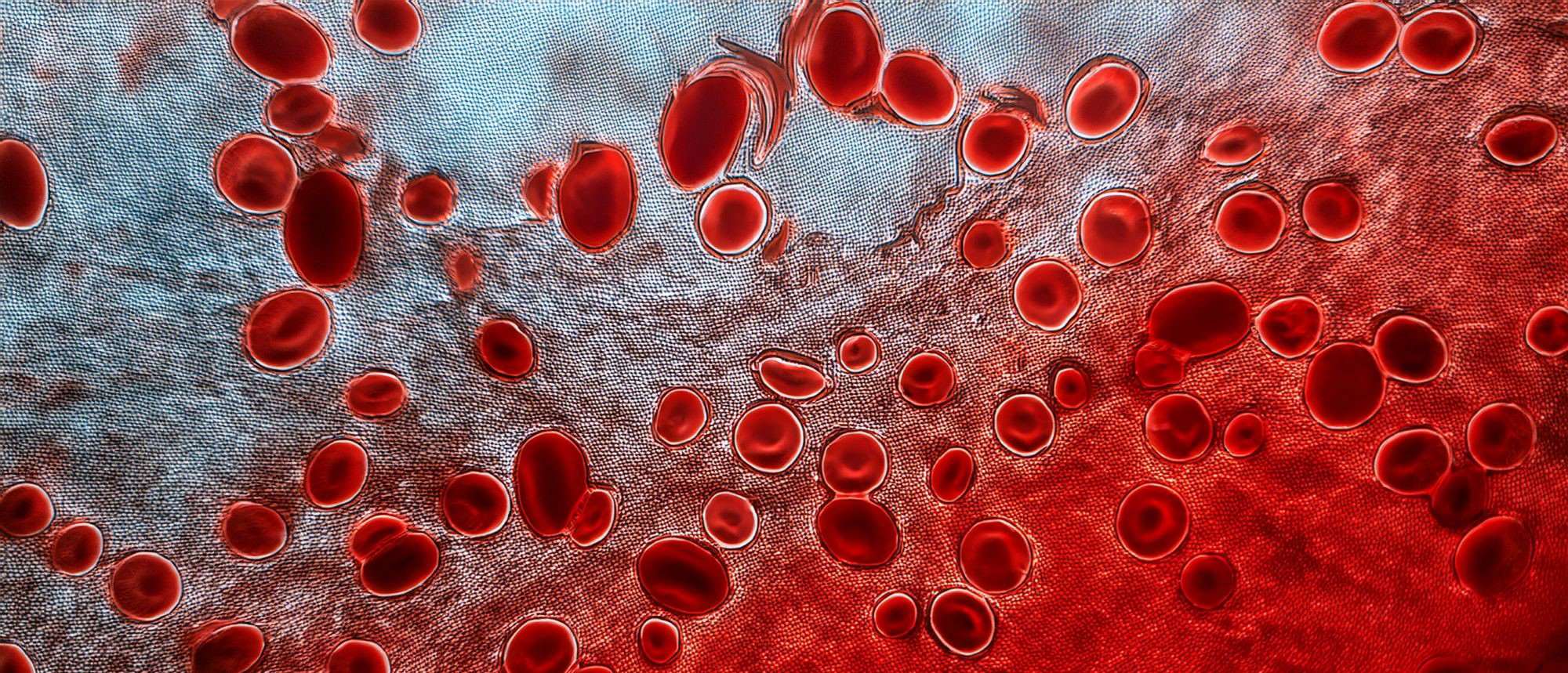Uncovering Vaccine Targets for Lyme Disease, Potential Treatments for Autoimmune Diseases

When infected with bacteria or viruses, our bodies mount a sophisticated immune response to find and kill the invaders. But sometimes this response becomes so strong that the immune system gets confused and begins attacking our own cells.
Autoimmunity is a common side effect of Lyme disease, a tick-borne bacterial infection that affects nearly 500,000 people in the United States each year. What begins with a rash and flu-like symptoms can morph into joint pain and neurological issues that affect people for years.
 Robert Lochhead, PhD, (pictured right), an associate professor in the Department of Microbiology & Immunology at the Medical College of Wisconsin (MCW), hopes to change that. Through basic science research, Lochhead has uncovered mechanisms that drive this autoimmune response – work that could lead to both vaccines and treatments.
Robert Lochhead, PhD, (pictured right), an associate professor in the Department of Microbiology & Immunology at the Medical College of Wisconsin (MCW), hopes to change that. Through basic science research, Lochhead has uncovered mechanisms that drive this autoimmune response – work that could lead to both vaccines and treatments.
As someone who enjoys fishing and camping in northern Wisconsin – and who often pulls ticks off himself as he tends to his prairie garden in his backyard – Dr. Lochhead is motivated to advance his work to help patients.
“Even after people clear Lyme disease from their bodies, they can still suffer for months or even years,” he says. “It can be debilitating. It’s very frustrating for people. It’s a tough nut to crack, but I’m here to learn things that are not known. And there’s a lot that’s unknown in immunology.”
The Link Between Lyme Disease, Autoimmunity, and LDL
The key to understanding how Lyme disease can trigger autoimmunity lies in what the immune system encounters during infection. In his research, Lochhead found that the body often becomes autoimmune to a protein in LDL – bad cholesterol found in our arteries. Patients with high cholesterol are at greater risk of Lyme disease.
In that same research, he and his team also found a protein from the Lyme disease-causing bacteria that the body’s T-cells recognize – which means it could make a good target for a vaccine.
Now, he and his team are using this protein to boost the body’s ability to remember the bacteria and fight it off.
“We are just one research group that is studying potential vaccines for Lyme disease, but we think this protein could help amplify the immune response and make a vaccine even better,” he says. “It’s a really promising avenue of research that could end up in people’s arms and help protect them from getting Lyme disease in the first place.”
Bacterial Debris Can Worsen Autoimmune Responses
Many patients with late-stage Lyme disease develop arthritis, though scientists and physicians do not know why.
Dr. Lochhead and colleagues found that when the bacteria that causes Lyme disease invades the body, it sheds its cell wall material, called peptidoglycan. While the body is constantly clearing out bacterial peptidoglycan from other kinds of bacteria, “this Lyme disease peptidoglycan has an unusual structure, and our bodies don’t know what do with it,” Dr. Lochhead says. “It doesn’t clear it out.”
Having peptidoglycan floating around and accumulating in our bodies worsens the autoimmune response triggered by Lyme disease, he and his team of collaborators hypothesize. The body thinks it is still infected, so it does not shut down the immune response, which then starts attacking the body’s own cells.
Moreover, these peptidoglycan fragments accumulate in joints, which could be the cause of patients’ arthritis. Not only that, the research team has found that peptidoglycan from other types of bacteria are found in joints of people with osteoarthritis.
“We think we stumbled onto this larger problem of bacterial debris getting stuck in joints and causing arthritis or exacerbating current arthritis,” he says.
He and his team are exploring using this bacterial debris as a potential diagnostic tool for patients. If it can be detected early, it will allow physicians to intervene early and potentially prevent the need for joint replacements.
Immunology Research as a Teaching Tool
Lochhead has filed patents, founded a startup, and is working with industry partners to hopefully turn his insights into vaccines for patients. He has also used his research as a teaching tool for the next generation of physicians and scientists.
“I’m training young biochemists and medical students to develop new vaccine strategies and understand the complexities of this disease better,” says Lochhead, who is the Director of Immunology Education and Training at MCW. “My research is an educational tool, and it’s immensely satisfying.”
He himself became interested in the immunology field as a PhD student at the University of Utah. After a postdoctoral fellowship in Boston, he came to MCW, where he found a home in the Midwest. He even sings as a tenor in the Milwaukee Symphony Orchestra.
“Milwaukee is a wonderful city, and MCW has been a great place to study immunology, a fascinating field that affects so many diseases,” he says.



